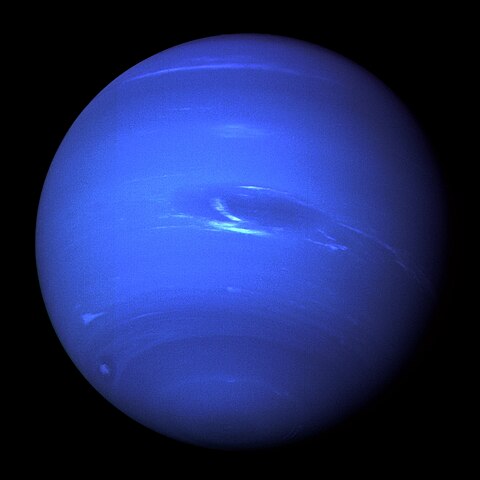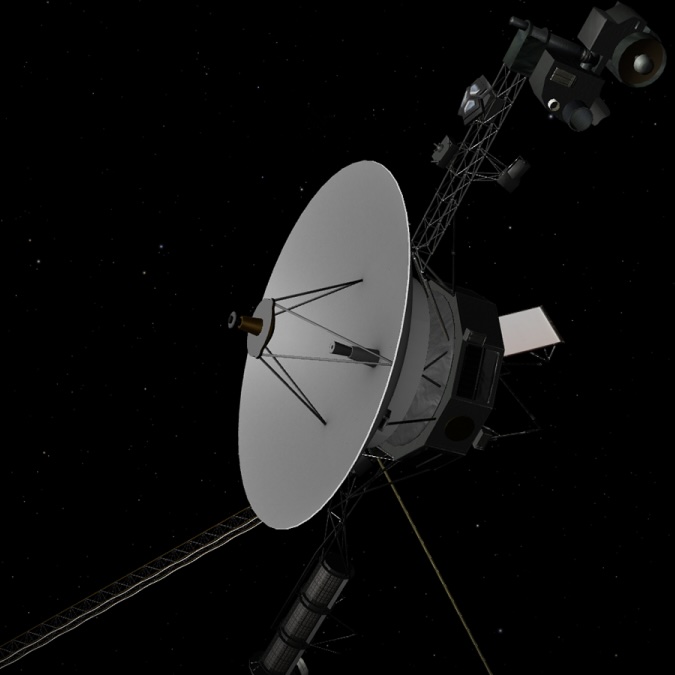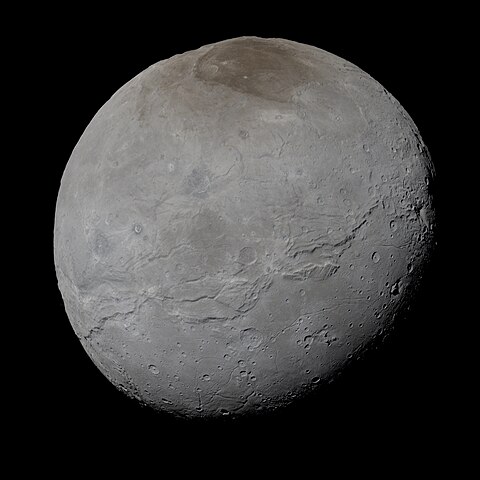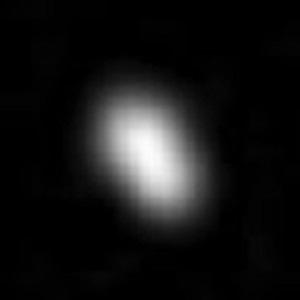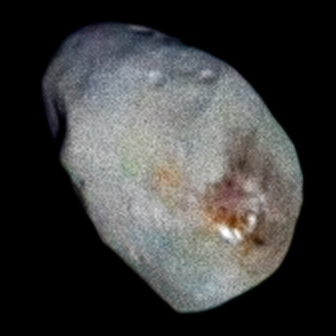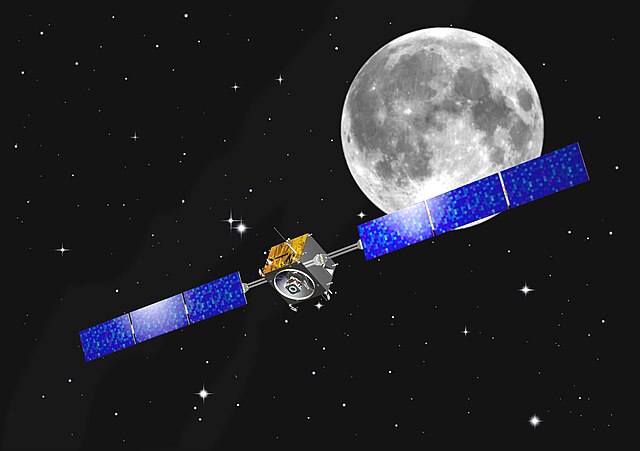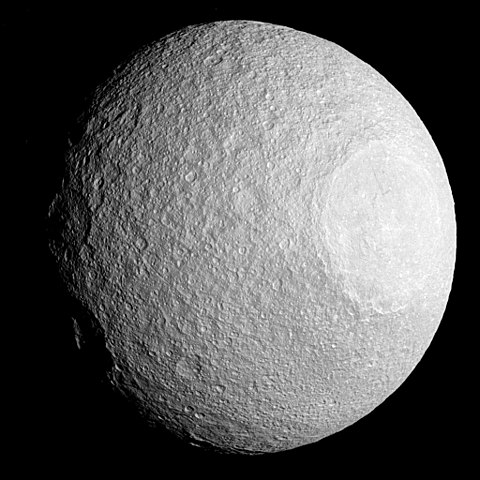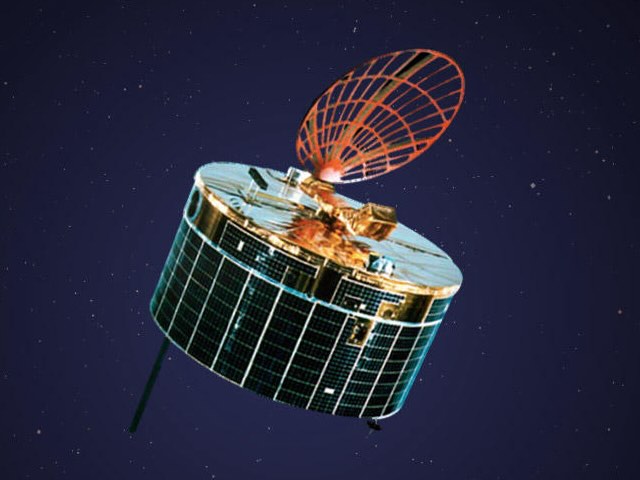1 day / second
0.5 AU
Nereid
Moon of Neptune
A small, irregularly shaped moon with an extremely elongated orbit that takes it between 1.4 million and 9.7 million kilometers from Neptune over its 360-day journey around the planet.
Key Facts
learn more | Wikipedia |
mass | 3.5700e+19 kg |
radius | 178.5 km |
semi-major axis | 0.037 AU |
eccentricity | 0.749 |
inclination | 5.8º |
longitude of the ascending node | 326º |
argument of periapsis | 290.3º |
orbital period | 359.18 days |
surface gravity | 0.008 g |
discovery date | May 1, 1949 |
discovered by | Gerard Kuiper |
name origins | Named after the Nereids, sea nymphs from Greek mythology |
dimensions | Approximately 340 km in diameter |
albedo | 0.155 |
material composition | Likely water ice and rock |
Parent Planet
Neptune
The eighth and most distant planet, Neptune is a cold, windy ice giant with a vivid blue color, powerful storms, supersonic winds reaching 1,200 mph, and a collection of 14 known moons including the geologically active Triton.
Spacecraft Visits
Voyager 2
Flyby
Launched in 1977, visited in 1989
Voyager 2 conducted the first and only close flyby of Neptune's moon Nereid on August 25, 1989, passing at a distance of 4.7 million kilometers and capturing several images of the irregularly shaped satellite.

